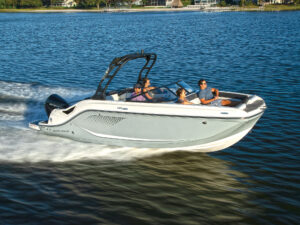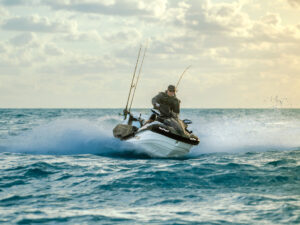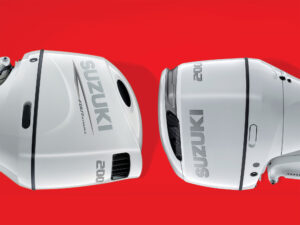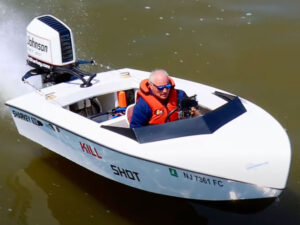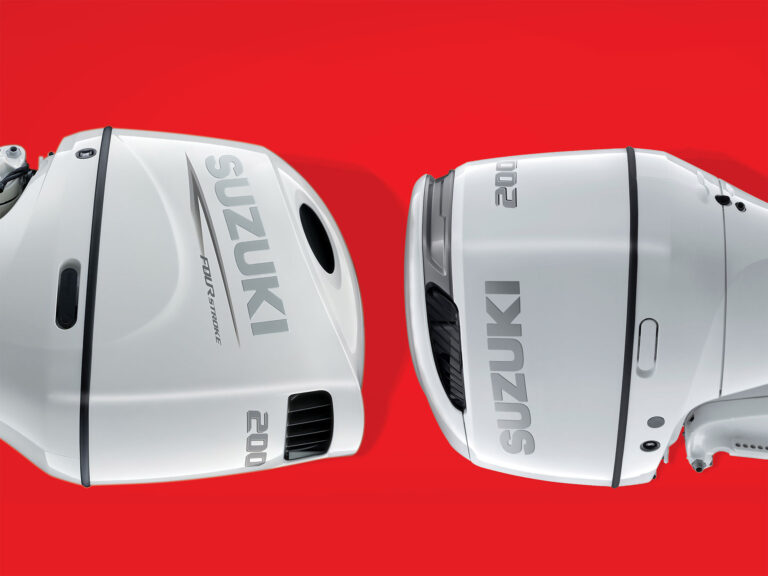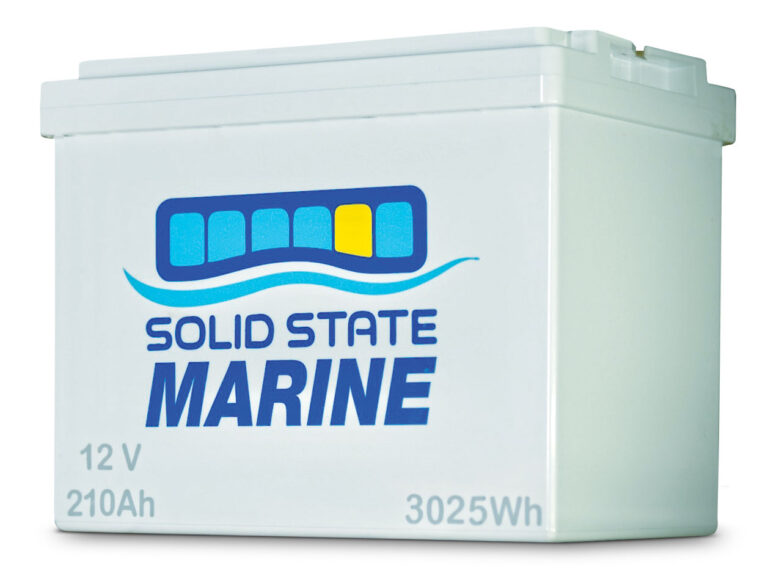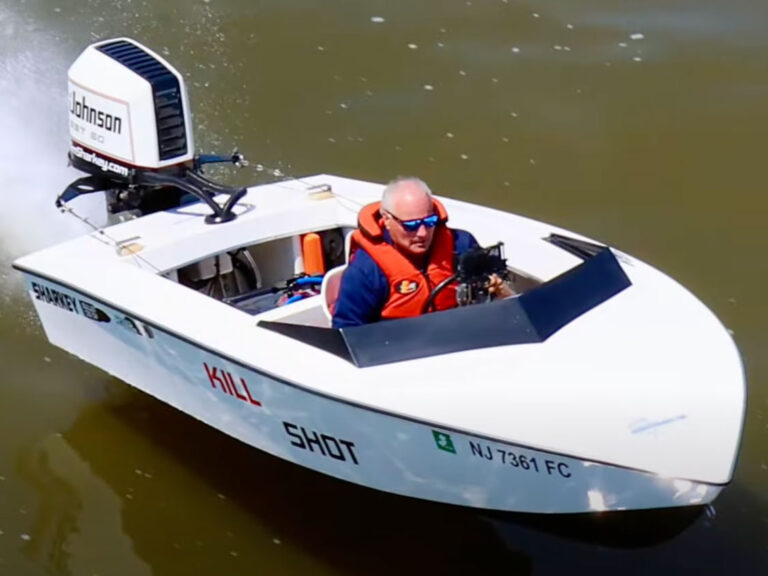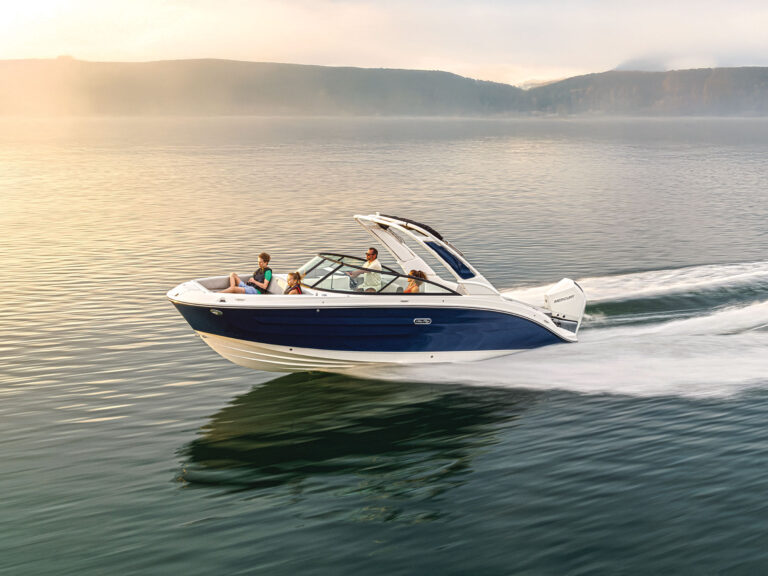Big gears with beefy teeth — that’s what you want in the lower unit of a powerful outboard to help ensure long-term durability. Yet these brawny gears can have a downside — they generate a jarring “clunk” when shifting into forward or reverse. A couple of years ago, the engineers at Yamaha Outboards (yamahaoutboards.com) set out to cure the clunk with a proprietary propeller hub system that absorbs the shock when shifting. It’s called SDS (Shift Dampener System), available on Yamaha’s Saltwater Series II props (for 150 to 300 hp V-6 models) and Saltwater Series XL props (for the 350 hp V-8).
The SDS system relies on a hub that’s made with somewhat softer rubber than most hubs, and so it has some “give” to help cushion gear shifts and reduce noise. To ensure that the prop catches up quickly with the rotating prop shaft, a stainless-steel cam-action aft washer engages slots in the back of the prop hub.
We decided to compare a Saltwater Series II polished stainless-steel prop ($662) against a stock Yamaha black stainless prop ($581) on an F250 V-6 outboard bolted to a Parker 2320 pilothouse boat. Both were three-blade wheels.
How loud is the clunk? When shifting at idle (600 rpm) with the stock prop, the sudden metallic clunk is hard to ignore. For an objective measurement, I placed a decibel meter 36 inches forward of the engine cowling and measured an ambient noise level of 71 decibels on the A-scale (dbA) with the engine at idle in neutral. This sound is about the same as normal conversation at a distance of 36 inches. When shifting into forward with the black stainless prop, the noise increased to 75 decibels (about the same as a drill motor at high speed). In shifting into reverse, the noise jumped to 79 decibels (about the same as a Dustbuster cordless vacuum).
We switched props, and as soon as we shifted with the SDS system, we knew it was quieter. The decibel meter registered 72 decibels (a single decibel increase over ambient sound levels) when shifting into forward. Reverse shifts were a bit noisier, registering 75 decibels.
Sound levels aside, sound quality was definitely improved with the SDS system. Instead of a clunk, the outboard shifted into gear with a pleasant “snick.”
Given the softer rubber in the hub, does the SDS require any special maintenance? David Meeler, who’s in charge of propellers for the Yamaha Marine Group, says the answer is no. He also points out that the SDS system is easier on powertrains. “When you go from a ‘clunk’ to ‘click’ when shifting, that’s got to be a good thing,” he said.
When it comes to the durability of the SDS system, we plan to find out for ourselves if the softer hub will hold up long-term by keeping the Saltwater Series II prop in service for a few seasons. Stay tuned.
1. Splines on the prop shaft mesh with stainless-steel splines inside the SDS hub.
2. Softer rubber in the SDS hub helps cushion shifting forces.
3. A stainless-steel cam-action washer engages slots in the prop hub.

